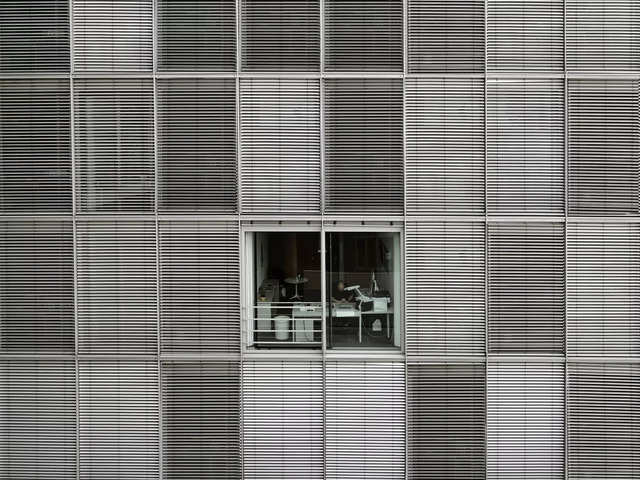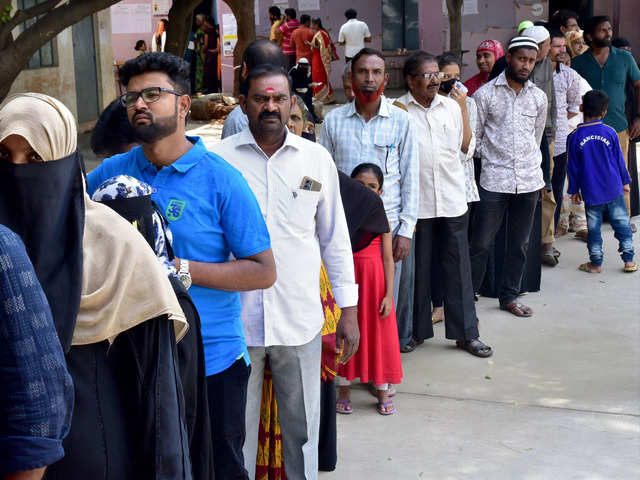
Project Streedhan's latest ad is titled Sehat Ki Tijori | DSM India
Titled ‘Sehat Ki Tijori,’ the advertisement has been crafted by FCB Ulka Advertising.
Sep 17, 2020, 11:08 IST
ad-agencies
Project Streedhan's latest ad wants to prove an important point, but has its over-beautified, sensual storytelling made it lose the plot?
Sep 17, 2020, 11:08 IST
Titled ‘Sehat Ki Tijori,’ the advertisement has been crafted by FCB Ulka Advertising.
DSM India has launched its secondProject Streedhan campaign, underlining the need to build immunity in women through proper nutrition.- However, it lacks representation as it features women of one body size, type, shape and age.
- It aims to empower women to embrace, prioritise and take care of themselves by filling up their vault of health with proper nourishing food.
- However, does it fall into the same trap it is trying to escape? We speak to experts to find out.
However, we realised something. Very few ads show women eating, which as an activity is such a normal, everyday thing. But we've rarely seen women do that in ads. It is usually they who cook, feed others or wait until after dinner to feed themselves from what is left. Women are shown as caretakers, nourishers or givers, very rarely do they prioritize themselves in real life or pop culture.
Dutch State Mines’ CSR initiative Project Streedhan has exhorted women to give their nutrition and themselves equal importance by investing in iron-rich food. The first phase of advertisement released in 2019 aimed at raising awareness about iron deficiency in women's bodies that causes. It portrayed uninhibited women consuming food -- with no filters or worrying about ‘what will people think.’ It encouraged women to celebrate their femininity and eat like nobody's watching, becoming the revolutionary campaign women needed that urged them not to neglect their health behind their husband, kids or desk.
The project by DSM India also reminded people that women need to be healthy to be financially independent, it changed the definition of what Streedhan meant.
This time, the Streedhan campaign seeks to drive home a similar message -- that our health is our real wealth at all times, and that we need to nurture our immunity by feeding it, building it, and protecting it. The ad tells them to be their own bodyguard by filling up the vault of their health.
Three out of four women in India are deficient in vitamins and being deficient in vitamins is known to lower immunity, and therefore lower resistance to infections.
Titled ‘
However, for an advertisement that aims to raise awareness about anemic women or celebrate women at leisure and empower them, it first comes across as an ad for a clothing, beauty or juice brand. It features women of one kind, with one body type, shape and age, which are otherwise seen as ‘ideal’ bodies of ‘desirable’ age. It aims to be rustic but ends up painting a picture that is flawlessly beautiful. It lacks representation of different kinds of women. While the message is about women empowerment and finding the right nourishment, it uses beauty standards to send it across.
Women seem to eat in an erotic way perched up on a branch but it is sexualised, appears pleasurable and not about feeding or taking care of themselves.
Since its aim is to celebrate femininity, women’s health and reach out to women in every nook of our country, be it urban or rural, will women resonate with it? Or does it feel like an advertisement made from the male gaze? Does it fall into the trap it is trying to escape from? We reached out to a few experts from our industry to see what they feel.
“I am appalled by the sexual overtones. I have no idea what this communication piece is trying to say and to whom,” said Ashwini Deshpande, Co-founder and Director, Elephant Design.
Disha Daswani, Creative Director, Schbang, said, "They have achieved cinematic brilliance and even composed a song that one can’t get out of their heads, I mean who wouldn’t want to hear Sona Mohapatra’s voice on repeat? The concept of showing real women, with real problems is completely lost. Yes, we all wished we looked as gorgeous as that, wrapped in a silk saree and glowing amidst vast fields, sucking on a fruit. But sadly no. People with low immunity and anemia (speaking from experience) wake up pale, have noticeable dark circles that prompt questions like ‘hey you look tired today.’ Also, what’s up with casting only slim women who fit the wardrobe well and the excessive lip biting? The concept of Anaemia and low immunity has been romanticized, and not nearly as accurate of how women with this sickness look/feel. You could call it creative liberty or just sheer ignorance?"
Alpa Dedhia, Business Director, VMLY&R INDIA felt that the visuals divert attention away from the core message.
She said, “Titillating tone of the ad loses the message of women's health for me. There is more to women than just being objectified. The issue about lack of vitamins is an important one and nowhere in the ad is there any serious attempt to address it. A woman is the one who cares for everyone and in the process of doing so; she neglects herself… This is a sacrifice that needs to be addressed and not just girls swinging and dancing around trees.”
Pallavi Chakravarti, Executive Creative Director,
Upasana Naithani- Business Head, Digital, Infectious Advertising also said that the video has sexualised women because it ignores the cause it is made for.
She explained, "Especially for the cause it represents, promoting, health and well-being should have been prioritized over the sexual overtone, the video has sexualised women for sure. The fact that immunity is a need for underprivileged, and malnourished is completely overlooked. We also see a certain kind of women being chosen for the ad which is disappointing as this was a great platform to be inclusive of different kinds of women who struggle with immunity."
FCB Ulka’s idea behind this advertisement was to celebrate women’s lust for life.
Explaining the thought process behind selecting professional models and following beauty standards, FCB Ulka Advertising’s spokesperson said, “There are many narratives that have restricted the idea of womanhood and women’s empowerment – so it is but natural that we may see things at times from different perspectives. With project Streedhan, we wanted to break a fundamental narrative that has restricted women’s empowerment. The idea that women are the nourisher, and therefore de-prioritise their own nourishment. They are expected to eat least and last. Prioritizing their own health and enjoyment is seen as selfish and taboo. With project Streedhan, we celebrate a woman’s lust for life. It is not about sexualizing them as objects of desire, but acknowledging them as whole beings, sexual, woman and above all human. The project gives women ‘permission’ without preaching to them, to enjoy unabashedly their food, to unleash their lust for life. This struck a deep chord with women everywhere as the virality of the first project showed.”
“Having different body sizes would indeed be inclusive – however as we were creating a new narrative where women are free to enjoy their food without guilt, we didn’t want body sizes to hijack the messages with more misogynistic “greedy/ selfish’’ narrative. In the future, we will explore how we can drive inclusivity while keeping the narrative intact," said the agency spokesperson.
Karthik Srinivasan, Brand Communications and Social Media Expert, had reviewed Streedhan’s first advertisement and appreciated it for its timing, technique, aesthetics and narrative device. However, he posed a few questions that advertisement did not answer the last time and hasn’t this time as well.
He wrote, “The film showcases glamorous looking women eating a lot of colourful food and fruits, including corn, watermelon, pomegranate and so on. The text—and the song—exhorts women to eat more iron. Is the implication that they should eat more of what is being shown in the film (those foods that contain iron, presumably)? Wouldn’t it be more useful to showcase a list of kinds of food women should consume instead of just making it seem like the way Katrina Kaif consumes mangoes in the Slice ad? But it doesn’t seem to be doing justice to the problem (and its gravity) it is trying to address.”
INSIDER INTELLIGENCE REPORTS







